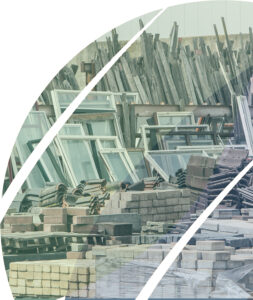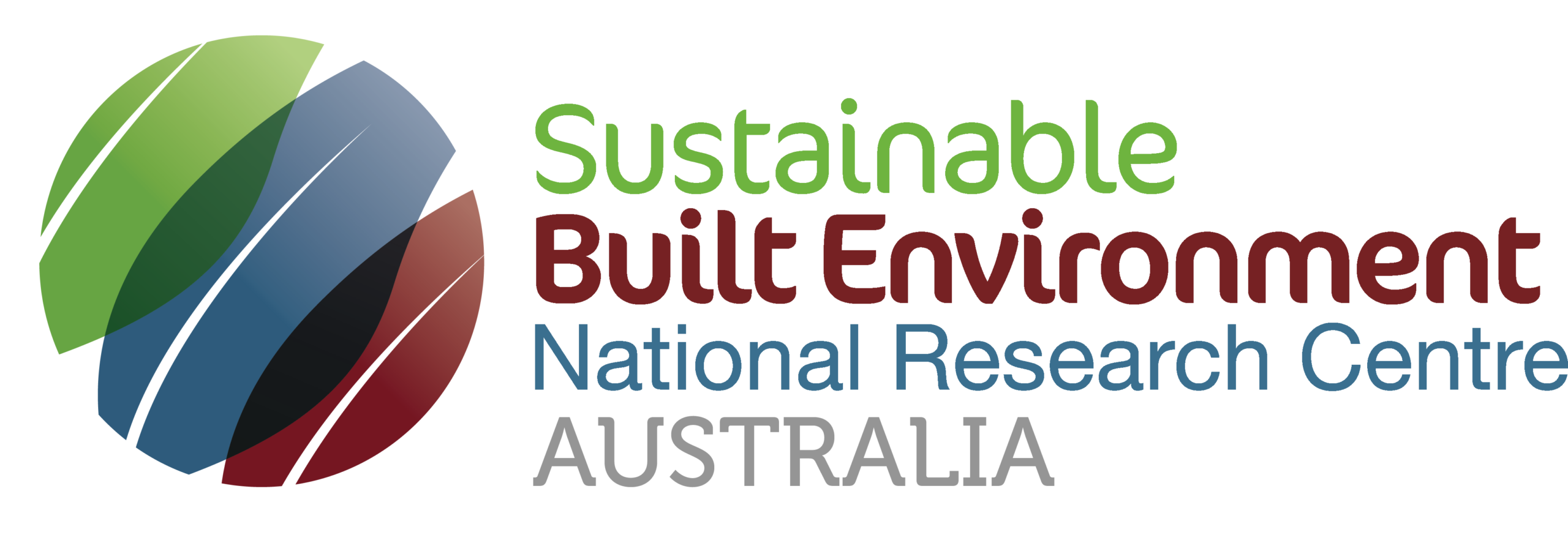Looking ahead:

The first quarter of 2021 has been filled with far more optimism than the same period twelve months ago. With the rollout of COVID-19 vaccines, business starting to see results from pivots and repositioning, and a cautious reactivating of social gatherings, this year just seems to feel more hopeful somehow. SBEnrc has also been considering how we might continue to be relevant in our new world context and we are optimistic about our future.
Feature project: Harnessing onsite renewable energy in commercial precincts
While the residential sector has seen strong uptake of rooftop solar – largely thanks to government rebate programs – implementation has been much slower on commercial and industrial buildings. This has, in part, been due to network operators seeing the high levels of generation as a risk to their business.
The results of a recent SBEnrc project suggest that, rather than rooftop solar on commercial buildings being a threat, it could in fact be the basis for several new opportunities if properly managed.
Rooftop solar is also a chance for the property sector to provide a clean, affordable and flexible energy supply option that is likely to retain existing premium tenants, attract new ones, and support land development on the precinct.
Key findings from the research suggest that industry precincts and other embedded networks should focus on network optimisation rather than fixate on energy retail. Reframing the emphasis to create new governance and customer engagement models, build business structures that encourage tenants contribute to precinct-scale storage, and design tariffs to reflect the network impact of energy use and generation, will open up a new world of possibilities for network operators.
Call for Papers — CIB World Building Congress
The next World Building Congress (WBC2022) is less than 12 months away and organising activities are in full swing under the stewardship of Prof Ron Wakefield from RMIT, a core research partner of SBENRC.
Focussed on how the built environment might respond to the global challenges we presently face, the aim of WBC2022 is to inform practice to enhance the lives of current and future generations. We are hopeful that this event will be a highlight of the world returning to international face-to-face conferencing and a showcase of Australia’s ability to host a world class event. There are also options to attend virtual sessions available as well.
The call for abstracts is now closed and papers are being developed. WBC2022 has attracted [no. of papers submitted] papers. For more details, visit the congress website.

Vision for the future
As we consider the Centre’s ongoing relevance in a world forever changed by COVID-19, our Board has resolved to continue to build our future throughout the next triennium and beyond. To this end, we are pleased to share the SBEnrc strategic plan for 2020-2024.
The Centre is well-positioned to continue to address the ongoing challenges and opportunities delivered through the evolution of Australia’s housing, building and infrastructure sectors. We will do this by delivering focussed, partner-driven research which will serve as seed projects or incubators for leveraging into a range of funding mechanisms such as the Australian Research Council, the Cooperative Research Centres Program, and product stewardship funding. Our involvement in ongoing programs will deliver even greater value for our partners as they benefit from deeper research over a longer period of time.
We have a long history of leveraging our research through broader programs. Work like our Asset Intelligence project, and our ARC funded collaboration with Griffith University to develop an effective building integrity system [link?]to rebuild trust in residential building construction, are just two examples of how we make the most of our research network .
We believe that our research efforts will have much broader reach and more impact by addressing industry challenges in a more comprehensive manner through leveraging partnerships and funding schemes.
Our new Chief Operating Officer (COO)
The Centre has welcomed its newly appointed Chief Operating Officer (COO), Ammar Shemery.
Ammar has worked with our Centre in a variety of roles over the past 4 years – including as researcher and project manager and more recently has served our Centre well as Strategic Development Manager over this past critical year. Ammar has already contributed significantly to the growth of our Centre during this critical period as we build our partners and projects going forward beyond 2022.
His appointment was facilitated by a selection panel comprising senior representatives across our industry, government and researcher stakeholder groups, gaining unanimous support.
I welcome Ammar to the senior leadership of our Centre and look forward to working closely with him as we continue to build value in our industry research collaborations going forward.
Digital Facility and Asset Management – Good Practice Guide
An industry publication titled ’Good Practice Guide (GPG) Digital Facility and Asset Management’, is a jointly badged guide produced through the collaboration between SBEnrc and the Facility Management Association of Australia (FMA). The scope of this guide is focused on providing practical know-how to facilities managers in the space of digital asset management, across the housing, buildings and transport infrastructure sectors. It is targeted towards personnel involved in the implementation of asset management. The guide covers the process of establishing or reviewing an asset management system by consulting stakeholders on the information that is already available and the results required from the asset management system. It covers the methods used to gather the information required to move from the current state of knowledge to a full system – from the worst-case scenario of not having any reliable data, through to well-defined and well-managed BIM to meet the full asset requirements.
The GPG has stemmed from SBEnrc Project 2.51 Developing a Cross Sector Digital Asset Information Model Framework for Asset Management. and was authored by Ammar Shemery, Peng Wu and Jun Wang.
The GPG was launched at FMA’s annual conference, Ideaction, on 02 August 2021 during its opening session by the FMA’s Chairman and CEO. The Guide is now available for purchase from FMA’s website.
Recycling construction waste
Recycling construction waste requires building more recycling facilities in each state and territory using state of art technologies, careful planning and design, and risk management. Australia is in a position to harness these technologies. A careful selection of sites is important to disperse such facilities geographically appropriately. Regional areas present sites which are highly suitable for developing recycling facilities and are also being able to draw a substantial economic benefit from the building and operation of such facilities. However, any such facilities met with high resistance from local public as they get concerned about the noise, dust, extra traffic, water and chemicals leaching through. All these concerns can be managed reasonably well and with minimal risks through careful planning and design of the facilities. These waste recycling facilities and not open toxic dump of materials. Community education is a key to resolving this issue through the design and development of a careful education intervention. The education plan needs to present a bigger picture about waste minimisation, circular economy and the role we all must play making waste minimisation as everyone’s responsibility. Discussing the case of a construction waste recycling facility in NSW regional area of Gunnedah, SBEnrc/RMIT researchers Tayyab Maqsood and Salman Shooshtarian has touched upon this delicate yet important topic in the below article. The article has been 4271 reads in less than 2 weeks and cited and tweeted several times.
Australia needs construction waste recycling plants — but locals first need to be won over.
We want your research ideas!
We are currently working with our networks to identify and develop themes for the next round of research projects. If you have a ‘wicked’ problem that could form the basis of our future research projects, we want to hear from you. Contact our CEO, Keith Hampson to talk about your industry challenge.
Dr Keith Hampson, Chief Executive Officer
Sustainable Built Environment National Research Centre, Australia
Curtin University, Perth, Western Australia
k.hampson@sbenrc.com.au
Our challenge is to continue growing the value and impact of our applied research more deeply and broadly across Australia. Australia’s Sustainable Built Environment National Research Centre (SBEnrc) is acknowledged as an excellent example of a CRC that has graduated into an independent organisation delivering unique industry, government and research collaboration.














